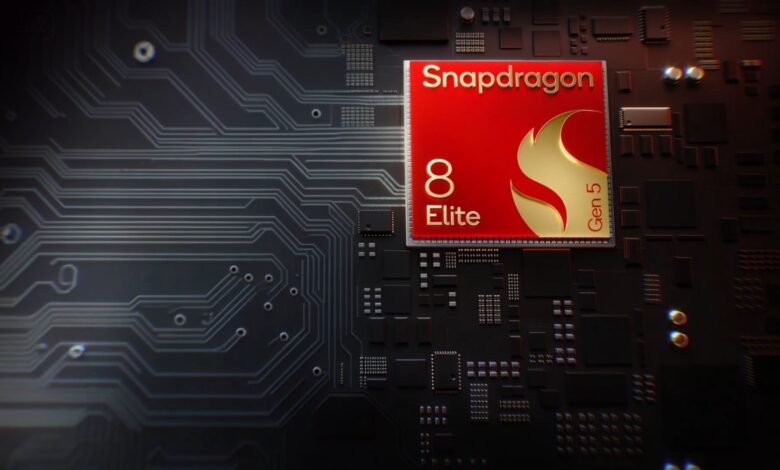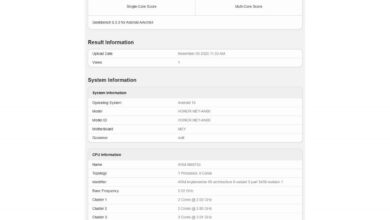Realme GT8 Pro: Smashing Benchmarks, Setting New Performance Records!

Realme GT8 Pro: Snapdragon 8 Elite Gen 5 Benchmarking and Comparative Analysis
Last month, preliminary benchmarks were conducted on a Realme GT8 Pro prototype, featuring the Snapdragon 8 Elite Gen 5. With the device officially unveiled and slated for a global launch next month, a comprehensive benchmarking analysis has been undertaken. This report provides an in-depth evaluation of the Realme GT8 Pro’s performance, alongside comparative analyses against competing flagship devices.
The benchmark landscape includes devices powered by the Snapdragon 8 Elite Gen 5, such as the Xiaomi 17 Pro Max. Furthermore, devices utilizing the Dimensity 9500, exemplified by the vivo X300 Pro, and the Apple A19 Pro within the iPhone 17 Pro Max, were also assessed. Apple’s silicon, while no longer leading in raw performance metrics, continues to serve as a benchmark for comparative analysis.
AnTuTu Benchmarking:

The AnTuTu benchmark suite, incorporating both v10 and v11 iterations for comparative purposes, reveals the Realme GT8 Pro with the Snapdragon 8 Elite Gen 5 as the leading performer in v11. The device demonstrates a 9% performance advantage over the Xiaomi 17 Pro Max. It is important to acknowledge that AnTuTu scores are influenced by factors beyond raw compute power, including memory performance, and are therefore susceptible to variance based on hardware configurations.
In the latest v11 iteration, the Snapdragon chipset maintains a comparable lead over the Dimensity 9500 implemented in the Oppo Find X9 Pro. The older v10 benchmark shows the MediaTek chip slightly ahead. For performance comparison with the previous generation, in the v10 benchmark, the GT8 Pro surpasses the GT 7 Pro by approximately 8%.
CPU Performance: Geekbench 6 Analysis:
Geekbench 6, focusing on CPU performance, indicates the Apple A19 Pro holding a 6% advantage over the Snapdragon 8 Elite Gen 5 in single-core tests. However, this margin diminishes in multi-core tests, falling within the margin of error.
The Arm C1-Ultra core within the Dimensity 9500 registers a 9% deficit compared to the Snapdragon in single-core performance. This 9% performance gap is replicated in the multi-core tests. The Dimensity 9500 shows closer performance metrics to the original Snapdragon 8 Elite CPU than the new 8 Elite Gen 5.
GPU Performance:
In GPU benchmarks, the Adreno 840, when operating at its peak, emerges as the leader, exhibiting a slight performance edge over the Arm G1-Ultra. Specifically, the Realme GT8 Pro outperforms the vivo X300 Pro, while the Xiaomi 17 Pro Max lags.
The disparity in performance between the Realme and Xiaomi, despite utilizing the same chipset, is attributed to proprietary performance tuning strategies employed by each manufacturer.
Sustained performance metrics are crucial. Analyzing the variance between peak and lowest scores in benchmark runs reveals a substantial performance disparity. The Realme GT8 Pro experiences significant thermal throttling, resulting in a 67% performance reduction. The Xiaomi 17 Pro Max exhibits a lower performance reduction, with a 40% loss, ultimately surpassing the Realme in sustained performance. Both the Apple A19 Pro and the Dimensity 9500 demonstrate superior sustained performance compared to their Snapdragon 8 Elite Gen 5 counterparts. Notably, the Oppo Find X8 Ultra, utilizing last year’s Snapdragon 8 Elite, maintains a performance advantage over its newly released competition in sustained tests.
Ray Tracing Performance:
Ray tracing benchmarks, a computationally intensive graphics rendering method, reveal significant performance gains with the Dimensity 9400(+) due to Arm’s second-generation hardware accelerator. The Snapdragon 8 Elite Gen 5 also demonstrates performance improvements, albeit more moderate.
A comprehensive review of the Realme GT8 Pro, including further analysis of its performance characteristics and thermal management, will be available in the forthcoming in-depth review.





